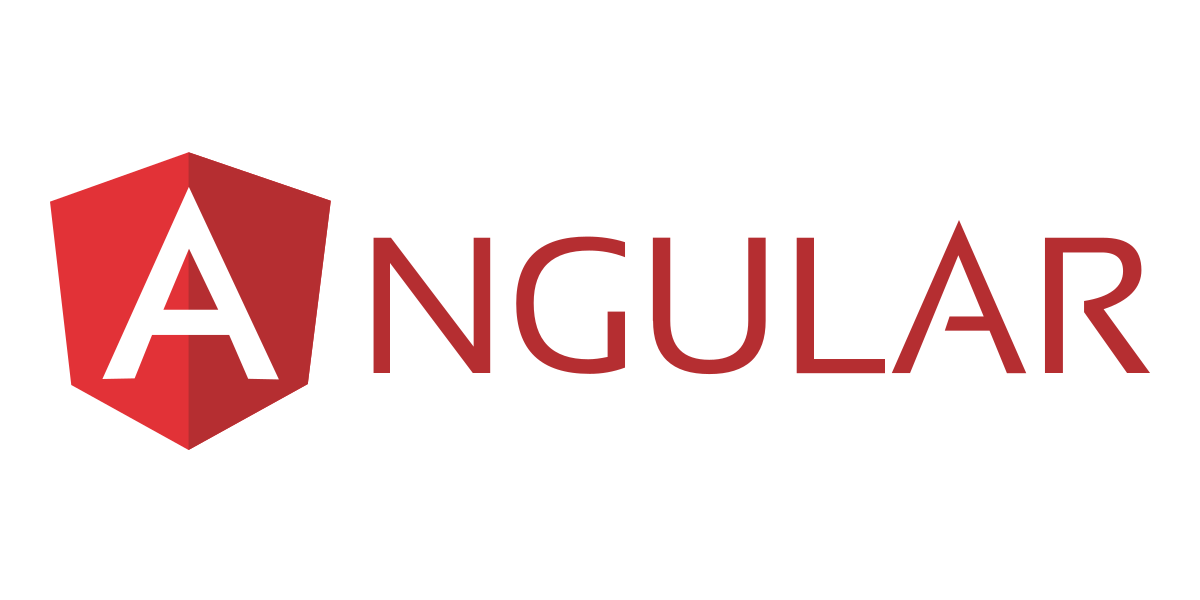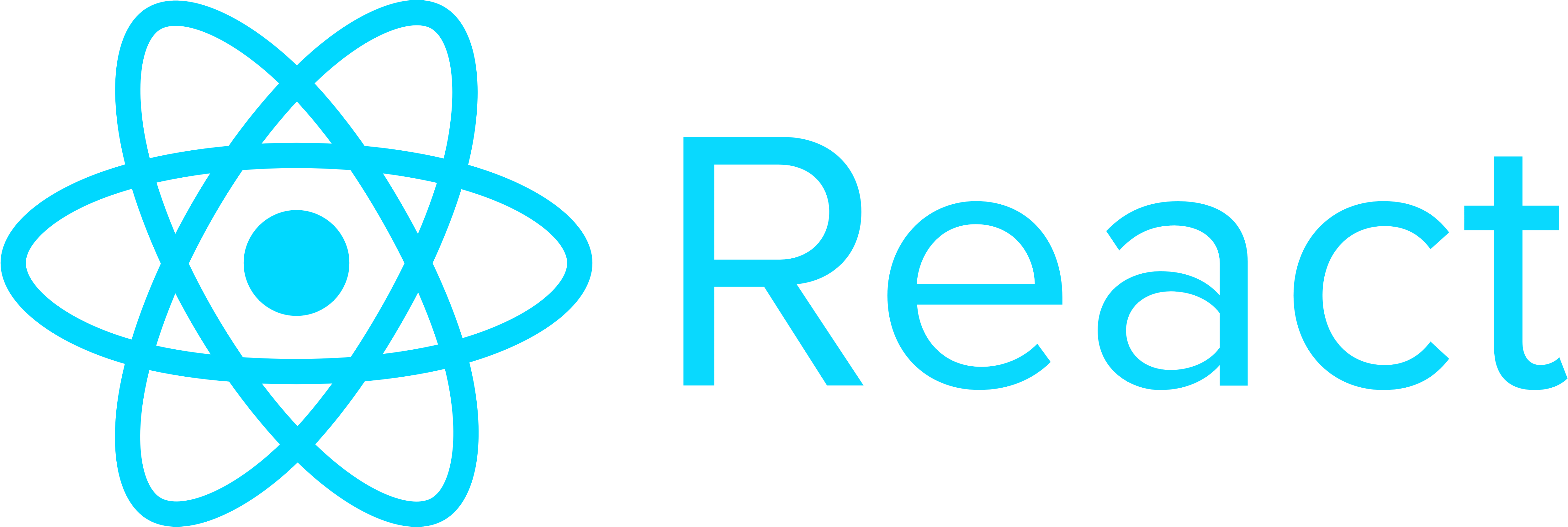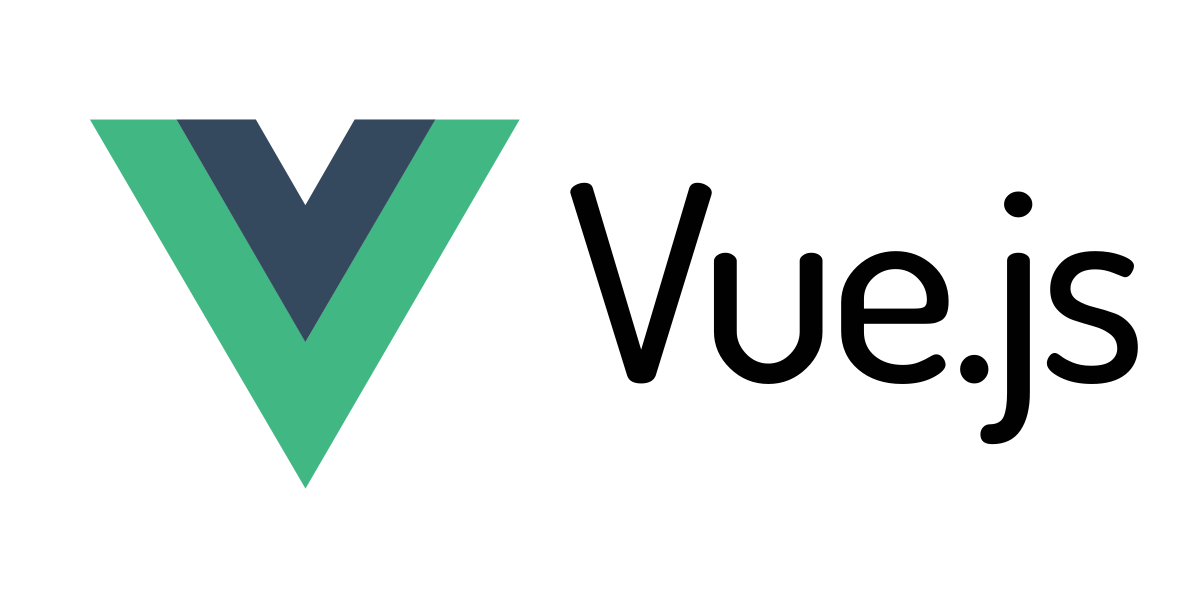BLOG
JavaScript frameworks are very popular among developers, especially because of their advantages such as efficiency, security and cost.
The variety of frameworks for each development platform is huge. It is impossible to describe each of them, and there is no need to. Let's narrow down our choices.
Almost every company wants to have its own website or landing page, and for that purpose it would be good to look at the pros and cons of the most popular JavaScript frameworks.
It is challenging for front-end developers to decide which JavaScript framework to choose, especially when they need to create a "single-page" application.
In order to facilitate this choice for the development of Front-end applications, we should narrow down the choice to the most popular solutions. For client-side application development, our list of JavaScript frameworks boils down to React, Angular (Angular 2 or later), and VueJS.
Of the above mentioned, not all of them represent a complete framework, but we can add several libraries and packages and make them complete. Here we are talking specifically about React and VueJS, which represent libraries and the "view" layer of an MVC architecture.
However, for the purpose of this text, we will use the term "framework" for these solutions listed above.
A modern JavaScript framework must comply with several requirements:
- Primarily, a modern front-end framework must respect the WEB component specification. In modern client-side application development, you need to create your own HTML elements, and it's very good that every framework we consider supports WEB Components.
- On the other hand, a good JavaScript framework should have its own ecosystem. All of them represent ready-made solutions that facilitate various problems in the development of applications on the client side, and some of the solutions are routing, maintaining the state of the application and communicating with the server.
- Angular, React and VueJS adhere to the latest JavaScript standards (ES6+) and also each has its own ecosystem. Now we can make an overview of the most popular frameworks.
Angular2+

1. Advantages
Angular's biggest advantage is its popularity. For organizations considering whether to choose him, his association with Google is a strong influence in his selection. There is a strong market for developers. It is also one of the frameworks that, compared to the others mentioned here, has a very rich selection of components for creating user interfaces.
2. Disadvantages
We have a feeling that Angular focuses too much on creating user interfaces in 'single-page' applications and does not look at solving bigger problems in creating WEB applications. This can lead to difficulties in maintaining the project if the standards are not planned from the beginning. On a more practical level, there's a lot of magic going on that enables behavior that isn't part of the framework itself at run-time. This pushes the value of TypeScript to the end user.
3. Why choose?
If you need to scale your framework or need to align your team on productivity levels in a short period of time, you may want to consider Angular. If the applications map nicely to the MVC pattern, you can also consider Angular. If you are happy with Google's Material UX pattern, then this is the right solution for you.
React + Redux

1. Advantages
The biggest strengths of React and Redux are their simplicity and focus. The guiding principle is to do one thing and do it well, it's hard to find fault when you look at both libraries are achieving this very effectively.
2. Disadvantages
The biggest flaw of both libraries is not what they do, but what they don't do. To build a rich web application, you need many other packages, and once you separate yourself from the libraries themselves, you will see that it is a deeply fragmented community that has countless solutions that are not easy to integrate.
3. Why choose?
If you are confident in your abilities and looking for a better library instead of a basic framework, maybe React and Redux are the right solution for you. You need to assess the capabilities of your team and organization, not only at the beginning of the project, but also during the long-term maintenance of the application itself.
VueJS

1. Advantages
The ability to connect Vue piece by piece is perhaps its greatest advantage. Vue has a concise and sensible architecture that is easy to understand and write code with.
2. Disadvantages
The desire to lean towards a "view-model" application and a stateful application can lead to problems. The feeling when using this framework is that you want the code to be important in relation to the rest of the application without deciding on a precise pattern.
3. Why choose?
If you have an application that needs strong functionality, then Vue could be a good solution for you. It has clean patterns even for inexperienced teams. Although it doesn't have as developed a community as other UX frameworks, Vue offers very useful packages that you can include in your project.
Conclusion
A framework is nothing but the application of some pattern, integration of some technology and source code that helps our WEB applications to be easier to build and maintain.
Challenge yourself or your team to take a holistic view of the framework, but primarily start with a list of what you and your organization need.
Although we have mentioned only three frameworks, JavaScript developers should accept this openly because there is no best framework. There are many examples of JavaScript frameworks that are quite sufficient for developing client-side applications.